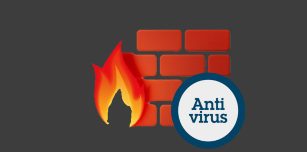The overwhelming majority of insider threat events are not the result of a malicious employee’s actions, rather they are caused by the unintentional insider – someone clicks on a spear phishing email, they send information over the internet in clear text, they run risky or vulnerable software, they visit a nefarious website and then become victims of an attack—more importantly, the company becomes victims of an attack!
A CERT Software Engineering Institute (SEI) study on unintentional insider threat reported that 17% of cases were unintentional attacks, while 49% were unintentional disclosure of information. The report highlights that non-remarkable risks are far more common than the over-exaggerated zero-day risks.
So, how can organizations address the very real risk of unintentional insider threat? Up until now it was limited to cyber training and tools like social vulnerability testing (example: sending phishing messages into the organization and seeing who clicks on them). Let’s face it, most employees are concerned with their own survival, and concepts like threat to the corporation do not present an immediate threat to self—hence they are ignored.
So how do you change the behavior of the employees? After all, this is the root cause of most cyber security issues.
With NetWatcher’s new Cloud Endpoint you now have the popular Cyber Promiscuity Score™ (CPS) and Cyber Health Score at the asset level and an see who in the organization is causing most of the issues. (more on the announcements here)
Now managers can see the company score, as well as, the hotspots in the organization and focus on training, coaching, papering with policy docs, administering or even blocking a few people versus the entire organization.
Check out NetWatcher’s free endpoint









You must be logged in to post a comment.